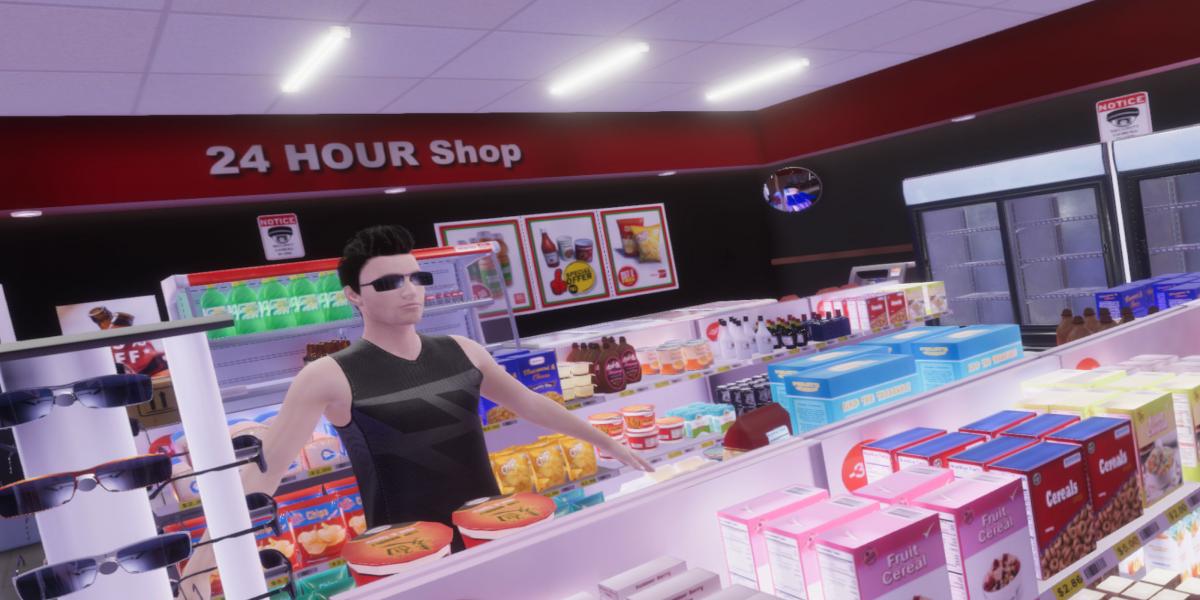A Virtual Reality Check for Firearm Use Under Pressure
Simulations can help put the “good guy with a gun” argument to the test.
You pop into a convenience store for a bottle of water. You grab one from the cooler, then hear raised voices. A man is confronting the cashier. Or is it the other way around?
The conflict escalates. The man seems threatening. You’re carrying a gun. Do you reach for it? Do you draw? Do you aim? How is your aim?
A new virtual reality simulation created by the Johns Hopkins Center for Gun Violence Prevention and Policy encourages gun owners to grapple with these questions by plunging them into this very scenario.
“We want to be able to test the accuracy of civilian gun use in a real-world encounter—but also appropriateness of that gun use,” says Cassandra Crifasi, PhD ’14, MPH, an assistant professor in Health Policy and Management and deputy director of the Center.
Crifasi first got the idea for the project after polling by the Center found that more than 80% of U.S. adults think concealed-carry permit holders should prove they can safely use a gun for defense. Unlike driver’s licenses, gun permits in most states can be issued with little to no training or assessment, says Crifasi.
While brainstorming testing possibilities, Crifasi learned of an NRA-made simulation where participants could play heroes who use a gun to thwart a “bank robbery.”
“I thought, ‘We could do that, but make it more realistic,’” she says.
Unlike driver’s licenses, gun permits in most states can be issued with little to no training or assessment.
She reached out to virtual reality specialist Blake Schreurs to help build the program. Schreurs logged hours inside convenience stores, noting details like the hum of the coolers and shopping baskets cluttered by the door, then rendered them in the VR environment.
“It’s about engaging the senses realistically,” says Schreurs. “We want as much as possible to elicit a genuine reaction.”
The team created two scenarios. In the first, the cashier accuses the other man of shoplifting, leading to a verbal altercation “where it would be wholly inappropriate for someone to draw their gun,” says Crifasi.
In the other scenario, the man attempts an armed robbery, threatening people in the store.
VR allows the encounter to be studied from dozens of angles. Tracking devices can trace participants’ eye movements, heart rate, and subtle motion like the brush of the trigger. The program can analyze aim and bullet trajectory. Scenarios can be tweaked to study how a character’s race or sex might affect responses.
The team plans to pilot the program this fall with gun owners from local ranges and gun clubs. Ultimately, they hope it can be used by firearms trainers and licensing agencies.
“It can help us understand how people behave,” said Crifasi. “But it can also help us know what kind of training might help them improve.”
